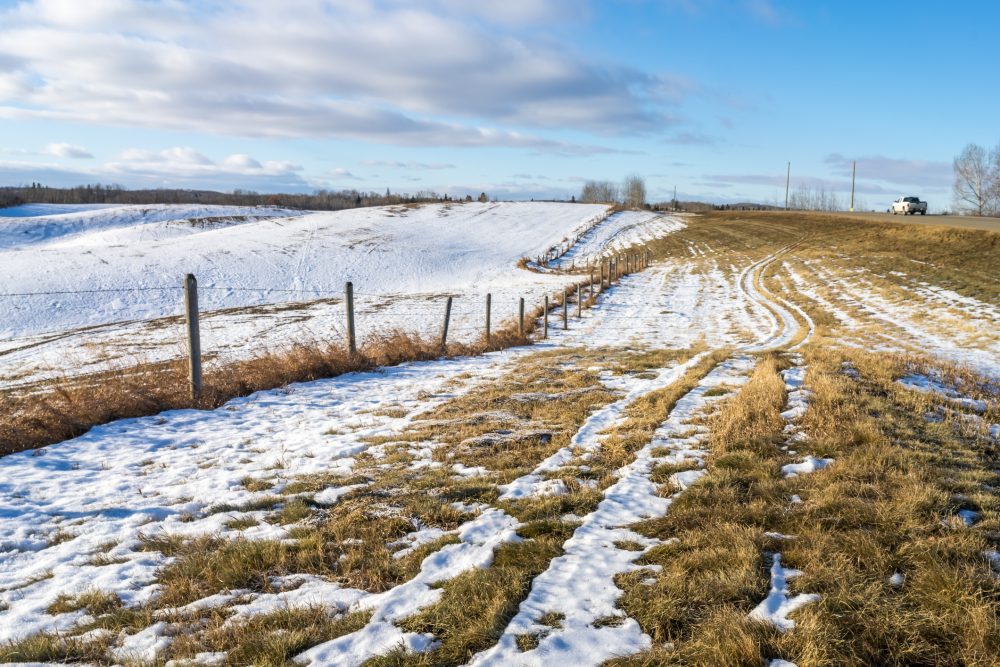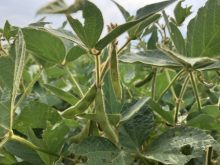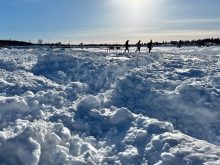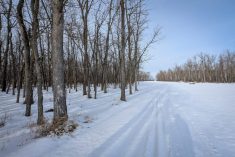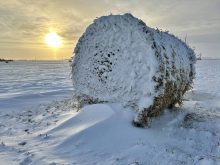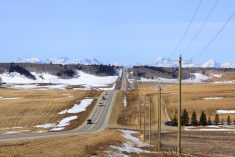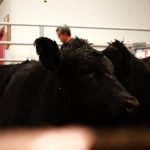Glacier FarmMedia | MarketsFarm — As winter approaches, the dry conditions and drought across much of the Canadian Prairies and the United States Plains will likely persist, said Drew Lerner, meteorologist with World Weather Inc. in Overland Park, Kan.
Lerner said he heard stories of some Prairie farmers saying conditions are drier now than in the spring, but he chalks that up to their very localized conditions.
The Prairies caught a break with sufficient rains from June to early August, he said.
“We backtracked the last couple of months, and the soil is very short,” Lerner added. “The bottom line is that we are very dry again, mostly in Palliser’s Triangle.”
Read Also
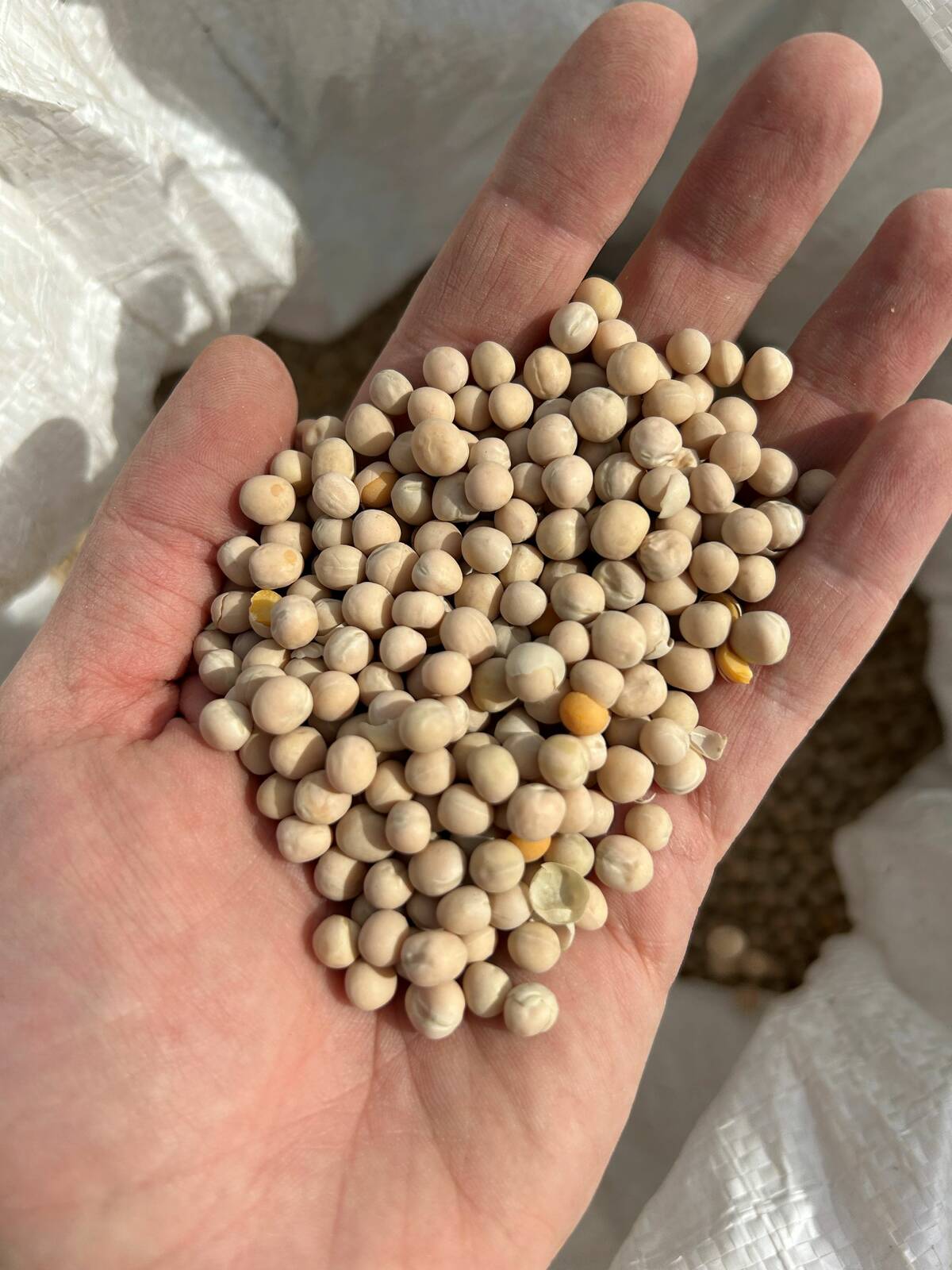
Pulse Weekly: Tariffs guide yellow peas in 2025
Tariffs were a major influence on Canadian yellow pea prices in 2025, with levies imposed by China and India. The two countries are Canada’s biggest foreign pulse buyers.
Aside from some light precipitation, the prospects of rectifying the dryness and drought are very poor, he said. Even the La Niña that is taking hold of weather patterns won’t have much effect and the phenomenon is to peter out by the end of December.
Won’t be much help from La Niña
Lerner said a La Niña would most often generate above normal amounts of snow for an area that includes much of southern Alberta, as well as southwestern Saskatchewan and into central Montana. This time around that’s unlikely to happen, but that area will still get some build up of precipitation.
The meteorologist said drought conditions are likely to get worse for an area stretching across west-central Saskatchewan to east-central Alberta.
Added to that is the Peace country in Alberta, which Lerner noted is especially dry and has gone a full year without a lot of moisture.
“They’re hurting like Palliser’s Triangle is,” he said.
As for the U.S., Lerner pointed to “droughty” conditions for much of the Plains as the cold weather sets in.
“It’s difficult to get enough moisture during the cold season to change the moisture profile,” he said, but pointed to a bright side.
“There has been enough precipitation in the U.S. for winter wheat emergence and establishment. So this is not a crisis. It’s not as serious as it is in Canada,” Lerner explained.


